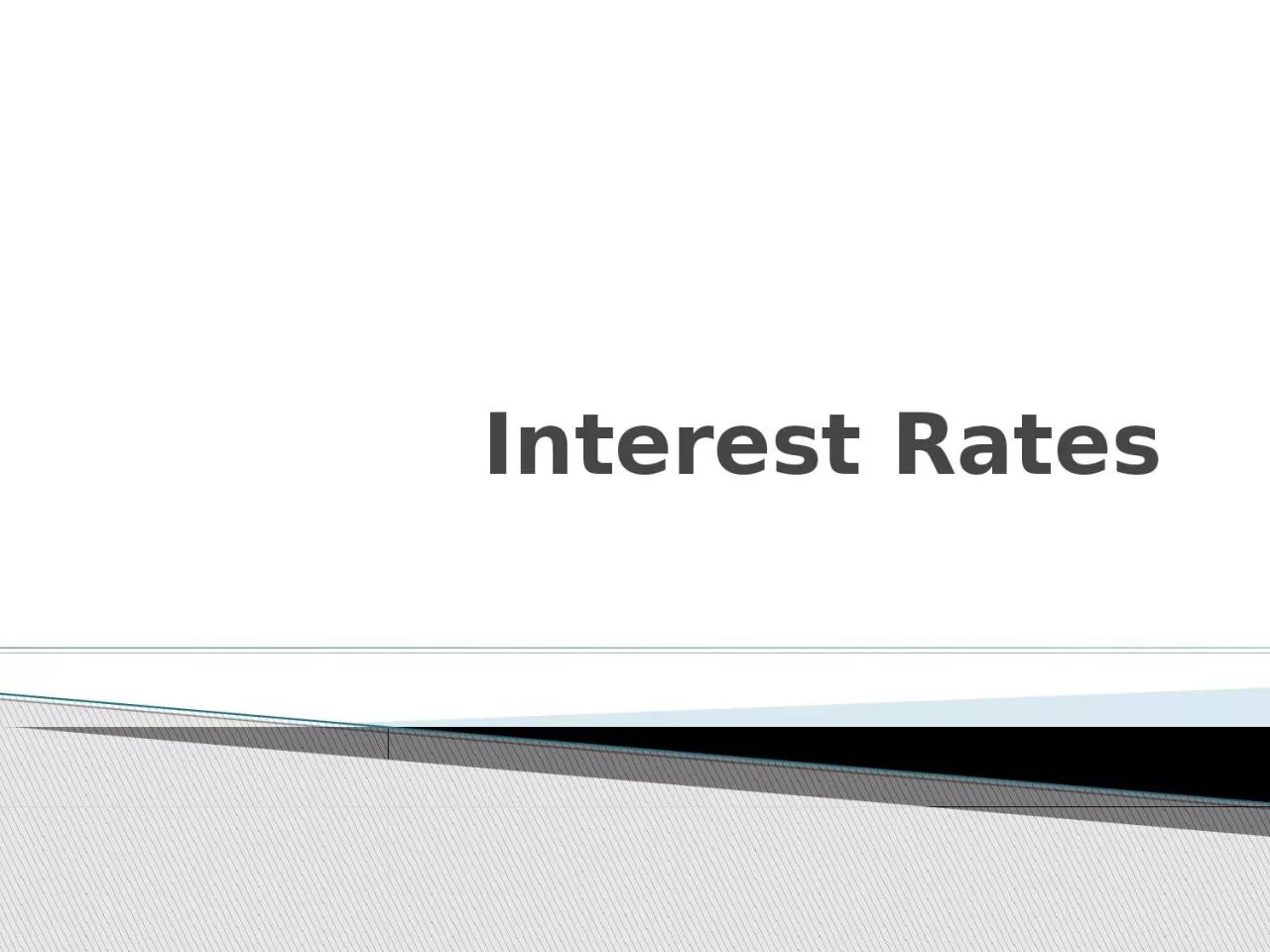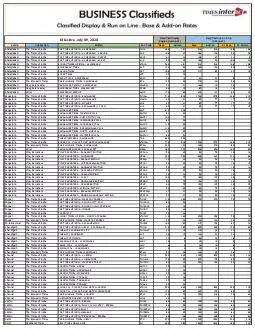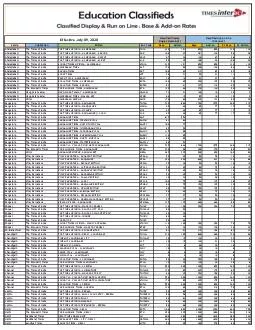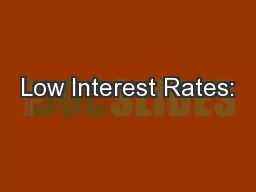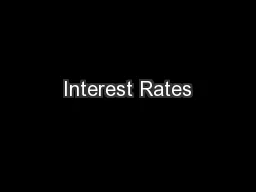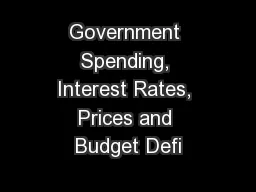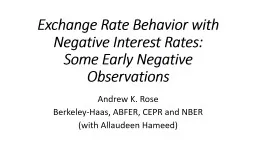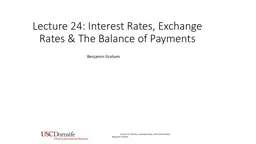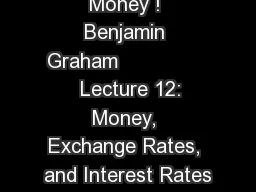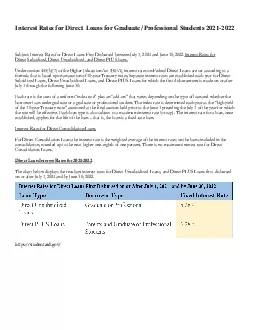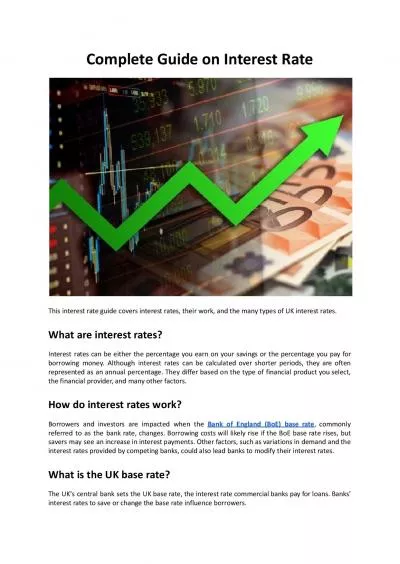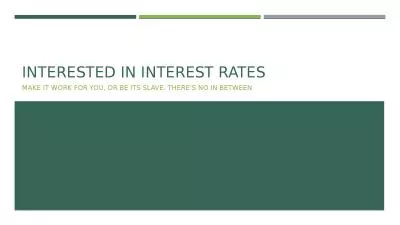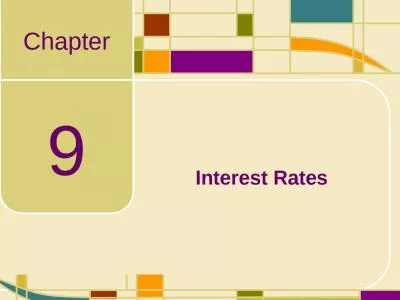PPT-Interest Rates The Effective Annual
Author : ashley | Published Date : 2023-06-22
Rate EAR Indicates the total amount of interest that will be earned at the end of one year The EAR considers the effect of compounding Also referred to as the effective
Presentation Embed Code
Download Presentation
Download Presentation The PPT/PDF document "Interest Rates The Effective Annual" is the property of its rightful owner. Permission is granted to download and print the materials on this website for personal, non-commercial use only, and to display it on your personal computer provided you do not modify the materials and that you retain all copyright notices contained in the materials. By downloading content from our website, you accept the terms of this agreement.
Interest Rates The Effective Annual: Transcript
Download Rules Of Document
"Interest Rates The Effective Annual"The content belongs to its owner. You may download and print it for personal use, without modification, and keep all copyright notices. By downloading, you agree to these terms.
Related Documents

